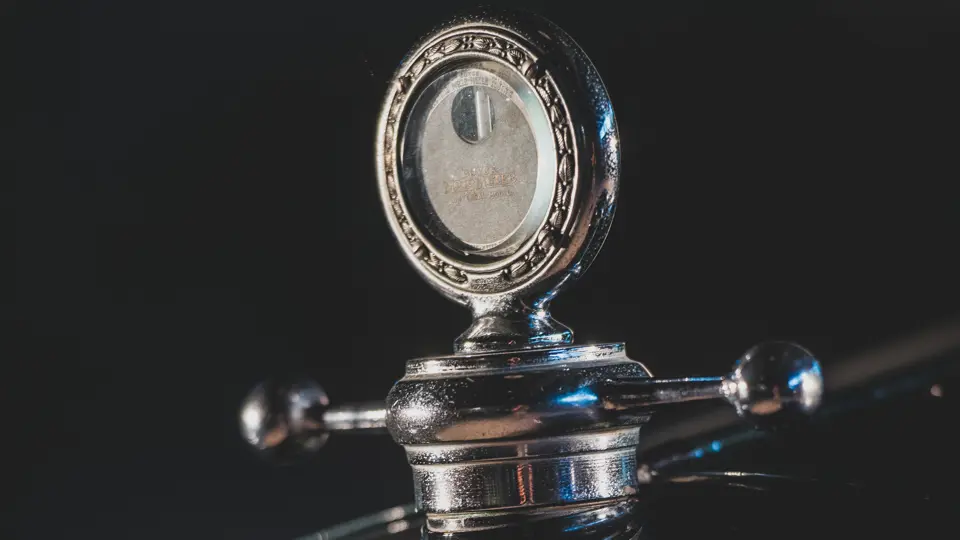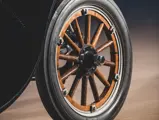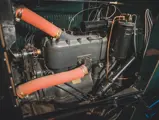
1920 Lone Star Beauty Four Five-Passenger Touring
{{lr.item.text}}
$44,800 USD | Sold
The Richard L. Burdick Collection
{{bidding.lot.reserveStatusFormatted}}
- Offered from the Richard L. Burdick Collection
- Rare and unusual Texan marque
- One of only some 12 built; the only known survivor
- Older restoration and well conserved
“Badge engineering” is a colloquial term for cars sold under different brand names with minimal changes, sometimes just a different manufacturer’s badge. Modern examples include the Kaiser Henry J and Sears-branded Allstate, and Hudson Ramblers produced after the merger with Nash. Badge engineering is nothing new, however. It was a well-established practice in the 1920s.
The Lone Star Truck and Tractor Association was founded in San Antonio, Texas, in 1919. The firm was not a manufacturer, but instead a re-seller of cars that were built elsewhere and re-branded to appeal to Texans. Lone Star cars (a five-passenger touring was the only style available) were actually built by the Piedmont Motor Car Company of Lynchburg, Virginia. Piedmont was what is called an “assembler,” purchasing chassis, axles, engines, and bodies and assembling them into a whole car. Thus, the Lone Star, which came as a Beauty Four with a Lycoming L-head four-cylinder engine, or Beauty Six with Continental L-head six, was identical to the Piedmont 4-30 or 6-40. The four had a 116-in. wheelbase, while the six was six inches longer.
Interestingly, Lone Star was not the only firm to re-brand Piedmonts. The same cars were sold by Fred Bush in Chicago, whose name was applied to other bought-in cars, as well. Some right-hand-drive Piedmonts were also exported under the name “Alsace.”
Only a dozen Lone Stars are believed to have been built by Piedmont. This is the only known survivor. It was reportedly sold new to a San Antonio customer and believed to have been driven fewer than 20,000 miles. Restored by Curtis Foester of Port Levaca, Texas, it is painted green with black fenders, nicely contrasted by varnished wood-spoke artillery wheels. The upholstery is done in black pleated leather. The Lycoming engine is correctly detailed in all respects. The radiator is topped by a Boyce MotoMeter, below which the unique Lone Star badge proudly speaks its Texas heritage.





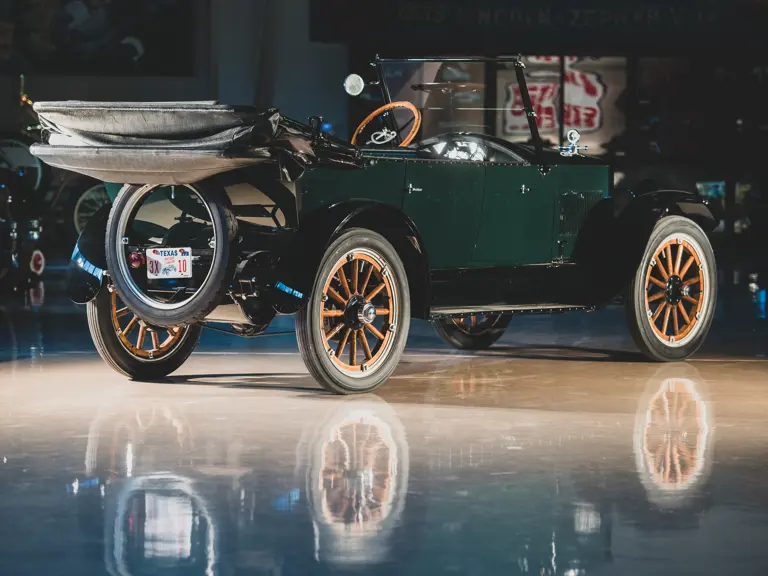












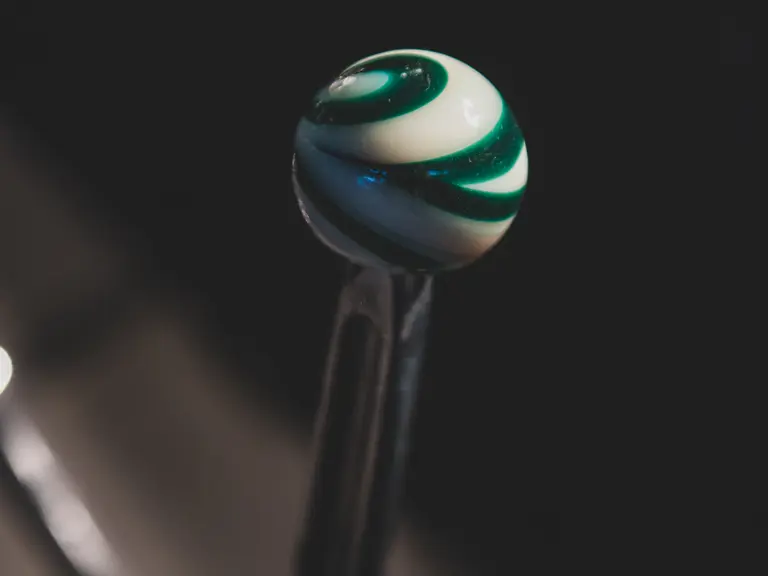





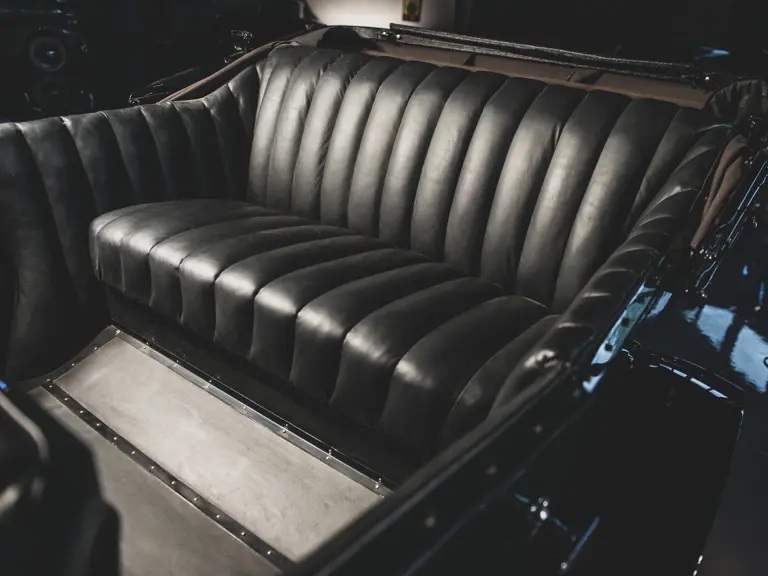


 | Phoenix, Arizona
| Phoenix, Arizona


